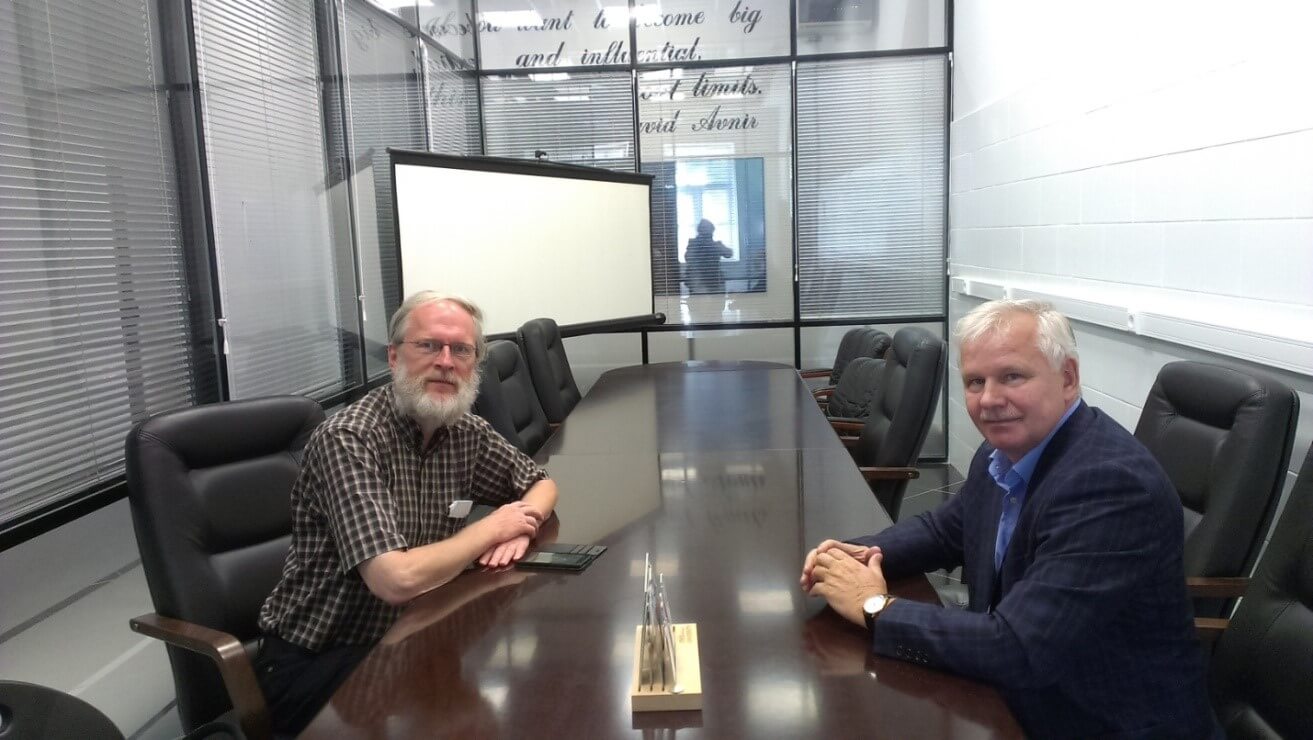SPbU Grant №26455158
(2018-202X)
From 2018 to 2020, the research group of Professor V. V. Kondratyev is implementing the project of St. Petersburg State University "Development of promising materials for electrochemical power sources" under the leadership of the leading scientist Professor Rudolf Holze from Germany.
The goal of the project is to carry out fundamental and applied research in the development of new energy storage materials for chemical power sources, to create a basic advanced laboratory in which engineering and scientific tasks for the creation of materials and devices for electrochemical energy storage will be solved.

Research directions and results
- Directional design of new electrode materials for lithium-ion batteries with improved functional properties. Creation of hybrid organic-inorganic materials based on conductive polymers and rechargeable transition metal compounds (metal oxides, metal complexes) and the development of lithium-ion batteries models. Notable progress has been achieved in the development of new nanostructured materials based on LiFePO4, and LiMn0.6Fe0.4PO4 and a conducting polymer poly-3,4-ethylenedioxythiophene. Due to the surface modification of grains of active rechargeable materials with a conducting polymer and the introduction of ion-conducting polyelectrolytes, it was possible to obtain cathode materials for lithium-ion batteries, the characteristics of which are superior to those published to date by analogs in capacity and rate of charge-discharge processes. RF patent No. 2584678 was received. V. V. Kondrat'ev, O. V. Levin, E. G. Tolstopyatova, S. N. Eliseeva, E. V. Alekseeva, "Composite cathode material for lithium-ion batteries." Research is underway on new anode materials for lithium ion batteries based on cobalt oxide and molybdenum sulfide, as well as research on materials for sodium ion batteries based on manganese hesacyanoferrate.
- Development of new electrode materials for lithium-ion systems based on conducting polymers with covalently linked quinone substituents in the chain and polymer dopant anions with quinone substituents. Composite polymer materials based on conducting polymer poly-3,4-ethylenedioxythiophene (PEDOT) with poly(3,4-dihydroxythiolsulfonic) acid anion (PDHS-SO3-) have been investigated. Stoichiometry of redox processes in composites was studied using electrochemical quartz microbalance (EQCM). The kinetics of electrochemical processes has been studied using electrochemical impedance spectroscopy. In this area of work, for the first time, a method for the synthesis of poly(3,4-dihydroxystyrene) and its sulfonated form was developed and an application was filed for a patent "Anionic polymer containing an ortho-quinone fragment and a method for its production" for an invention, which relates to a technology for producing polymers and polyelectrolytes based on them. A new polymer electrode composition based on polythiophene derivatives and poly(3,4-dihydroxytyrolsulfonic) acid derivatives has been created, which has significant specific capacity and high charge-discharge rates, for which a patent application was filed "Polymer polyquinone-polythiophene compositions for electrochemical power sources".
- Development of materials and prototypes of supercapacitors based on rapidly rechargeable hybrid organo-inorganic materials, consisting of conductive polymers, rechargeable transition metal compounds (metal oxides) and carbon active additives. As part of the development of the direction of work on the development of materials for Faraday supercapacitors, an extensive review of the literature on such materials has been published [L. Fu, Q. Qu, R. Holze, V.V. Kondratiev, Y. Wu Composites of metal oxides and intrinsically conducting polymers as supercapacitor electrodes: The best of both worlds? // J. Mater. Chem. A 7 (2019) 14937-14970. DOI: 10.1039/C8TA10587A (IF 10.733, SJR 3.372, Q1)], which creates the basis for the selection of new promising systems and the development of approaches to their study.
The functional characteristics of hybrid organic-inorganic materials for supercapacitors based on rechargeable transition metal compounds (tungsten oxides, double oxides of cobalt and nickel, molybdenum sulfide), conducting polymers (poly-3,4-ethylenedioxythiophene), and carbon additives have been studied. The developed metal-polymer nanocomposite materials are promising for use in a number of fields of science and technology, in particular, as catalysts for electrochemical processes, as energy-intensive electrode materials for the development of new energy storage devices (batteries, supercapacitors).
The implementation of the project made it possible to activate international scientific contacts and trips to carry out work, including the most active ones for students and postgraduates.
Publications
| Title | Link |
|---|